By: Dr. Elizabeth Eggert
What happens when you are young, undergoing orthodontics, and there is what we call a “space/size discrepancy?” A “space/size discrepancy” is when teeth are narrower than the space your tongue and muscles need to function properly. When this occurs, it usually is best to allow your tongue to have the space, otherwise the teeth will move later and orthodontic relapse is guaranteed. What this means, however, is due to the narrow shape of the teeth, spaces between the teeth will be present. Luckily, Dr. Jeff Eggert and Dr. Elizabeth Eggert of North Oaks, MN have great solutions for this situation. Generally, we need to change the shape of the teeth with restorations and close these spaces. With young patients, due to expected changes in growth and development over time, we often recommend composite bonding, also known as composite veneers. This procedure allows for the perfect smile. This month, we share two patient stories – Grace and Abigail. Both of these lovely young ladies found themselves in this situation, with spaces between teeth after orthodontics due to a “space/size discrepancy.” With composite veneers done by Dr. Elizabeth, they now have the confidence they need when it’s time to “Say Cheese!”
How did this start? – Grace
Grace came to us already in the middle of her orthodontic treatment. She had been going to the pediatric clinic and her orthodontist, Dr. DeVoe, informed her and her family that she would have spaces present between her teeth after orthodontics. They were told that the pediatric dentist wasn’t prepared to handle this situation and through friends found Dr. Elizabeth. Her first appointment with Dr. Elizabeth was to verify her current status. Dr. Elizabeth suggested a few movement tweaks she wanted from Dr. DeVoe before the braces came off. Dr. Elizabeth then confirmed tooth positions and the braces were ready to come off.

What did she want?
Grace had spacing around her upper lateral incisors due to the narrow shape of her laterals. While spaces like this don’t have a negative impact on your oral health, they can affect confidence and speech. Grace wanted her teeth to be fuller and the spaces closed. She also noticed that her gum tissue was very thick and “bulbous” in the area of the spaces when the braces came off and she was hoping this could be fixed as well. Finally, Grace wondered about the color of her teeth, noting that she was hoping her teeth could be brighter.
What was involved?
The first thing to address was the gum tissue. Dr. Elizabeth suggested that Grace use a rubber-tip tool to stimulate her gums for a few weeks. The extra gum stimulation allowed Grace’s thick gum tissue to heal and shrink. Grace was dedicated to using her rubber-tip tool and the results were beautiful and healthy gum tissue. Alternatively, a laser procedure could have been done for the gum tissue, but this was not needed for Grace!
To help Grace and her family visualize the end result, Dr. Elizabeth did a mock-up of what restorations for the front four teeth would look like and she was able to simulate this scenario in Grace’s mouth before moving to final restorations. Dr. Elizabeth did a couple of simulations looking at what Grace’s tooth shape and size would be if restorations were only done for the lateral incisors vs having restorations placed on the front four teeth. Being able to share spacing with 4 teeth instead of only 2 allowed Dr. Elizabeth not only to create more natural tooth width proportions, but also allowed her to increase the length of Grace’s central incisors a little as well. Because Grace is still a teenager and will be moving into adulthood, Dr. Elizabeth recommended composite veneers at this time and discussed with her that she will likely want to move to porcelain veneers sometime in her life.

Grace started bleaching using over-the-counter white strips and shortly after the mock-up appointment, Grace and her mom returned for a two-hour procedure and in that short amount of time, Dr. Elizabeth bonded composite resin material to Graces front 4 teeth to change the tooth size and shape. Like the mock-up, the composite filled in the gaps as well as lengthened Grace’s central incisors.
What does Grace think?
Grace was very pleased with her results. “It went really well – and even better than I expected! It was really worth it. Also, it didn’t hurt at all!” Grace was able to undergo the procedure without getting numb so she was very excited not to have to get a “dredded shot.” Grace notes that she would tell her friends underoing a similar procedure not to worry at all, it goes really smoothly.

How did this start? – Abigail
Abigail’s parents have been long-time patients of Dr. Elizabeth, but Abigail didn’t become a patient until the fall of 2017 as she had been going to the pediatric clinic. She was interested in getting braces on and had questions about the gaps in her front teeth. Dr. Elizabeth referred Abigail to Dr. Wahl, another local orthodontist for a consultation. Abigail noted that she noticed herself clenching and grinding her teeth. She also had a history of some speech issues because she was born with a tight connection of her tongue to the floor of her mouth. This is also known as ankyloglossia, or tongue-tied. What does a tongue-tie do to your teeth? Most often, we see patients with untreated tongue and lip ties needing braces to properly align crowded, crooked teeth caused by a narrow palate. Since the tongue is held so tightly to the floor of the mouth, it often can’t rest at the roof of the mouth and development and speech are affected.

What did she want?
Even after orthodontics, Dr. Wahl was not able to close the spaces between Abigail’s front four teeth because of her “space/size discrepancy.” Abigail has undersized laterals as well as narrow central incisors and forward swallowing forces due to her tongue limitations. Abigail preferred to have the spaces closed, however, to help improve her esthetics. Orthodontics was able to improve her overall bite, as well as perfect the tooth positions before addressing the spacing with restorations. Improving her bite excited Abigail because she had a fair amount of jaw pain and occasionally she noticed that her jaw would lock up on her.
What was involved?
Once Dr. Wahl completed orthodontics, Dr. Elizabeth helped Abigail and her family visualize what was possible with restorations. Abigail and her parents weren’t sure they were ready to commit to 4 restorations, worrying about being conservative, as well as the overall investment. Abigail also noted that “having smaller teeth is part of my identity.” Dr. Elizabeth was concerned that by only addressing two teeth with restorations, that the lateral incisors would look wide and out-of-proportion. She was also worried that by doing no restorations, Abigail’s teeth would continue to move over time, shifting to positions out of ideal function. Dr. Elizabeth suspected that this would cause Abigail’s jaw pain and jaw locking to return. Therefore, Dr. Elizabeth waxed up and simulated both restoration options. She did a simulation for 2 teeth only on Abigail’s left side and a simulation for 4 teeth on Abigail’s right side. After some contemplation, Abigail and her family agreed that the spacing for only 2 restorations was not preferred and they agreed to complete 4 composite veneers. Composite (resin) veneers can be used to correct gapped, chipped, poorly shaped, and stained teeth. They can be created chairside and can often be placed in as little as one visit.

Abigail is known to breathe more through her mouth, this creates more plaque on the teeth, therefore, it is important to be especially diligent with brushing and flossing. Dr. Elizabeth reminded Abigail of this throughout treatment because this will also help her future restorations be more successful. The presence of plaque can lead to compromised esthetics, bonding, and overall outcome. Abigail also still had to work hard on her tongue position to help keep her teeth from moving. Abigail was great about doing tongue exercises with her speech therapist.
When she was ready, Abigail returned for a two-hour procedure and in that short amount of time, Dr. Elizabeth bonded composite resin material to Abigail’s front 4 teeth to change the tooth size and shape. Like the mock-up, the composite filled in Abigail’s spacing. Abigail did not do any bleaching before her composite veneer procedure, but she did want to go just slightly lighter with the shade for her restorations. Also, the decision to move to 4 composite veneers was made after Abigail’s orthodontics had already come off. If possible, Dr. Elizabeth would have liked a little more tooth movement to help Abigail’s central incisor gingival positions be more level.
What does Abigail think?
Abigail is very pleased with her results. She wasn’t really sure what she was getting herself into and was afraid that it was going to hurt. But, in the end, she says “I am glad I did it and I would recommend it, my bite feels so much better and I am glad the veneers can help it stay that way.” It’s so rewarding when we cannot only help people get out of pain, but when we can help create that winning smile while doing so!

Congratulations Grace and Abigail – you both look magnificent! Thank you for putting your trust in us! It’s always our pleasure to work with you!








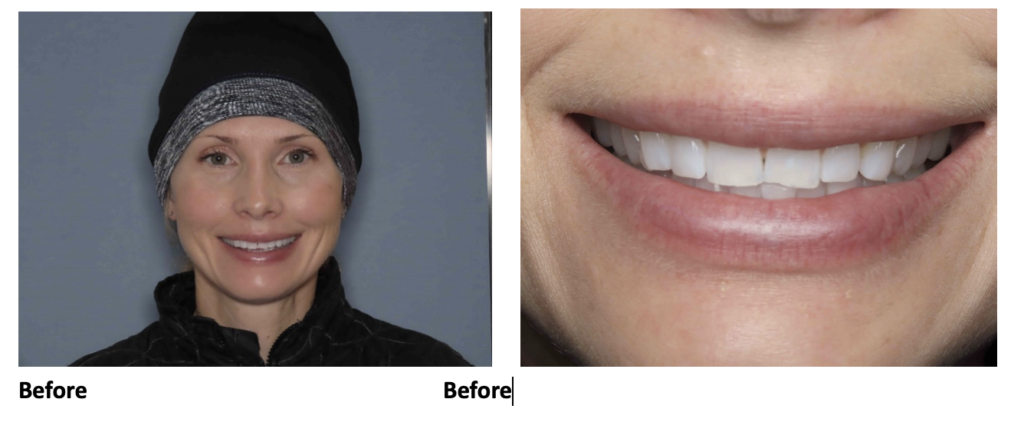
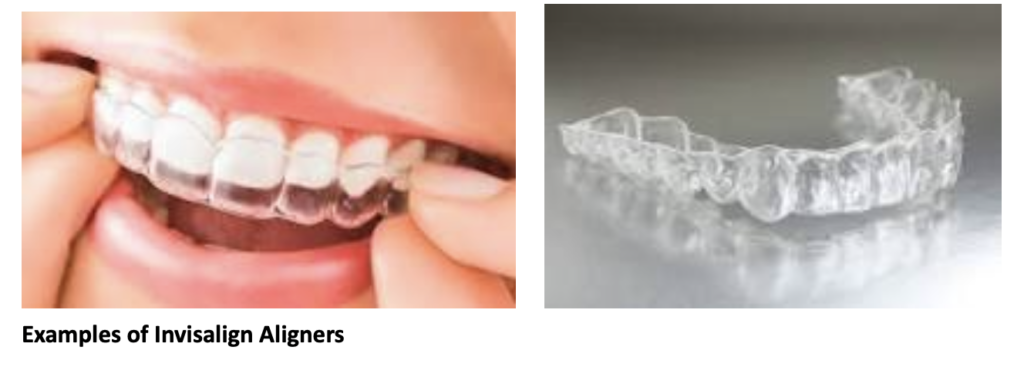

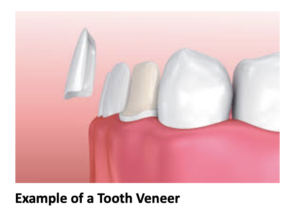
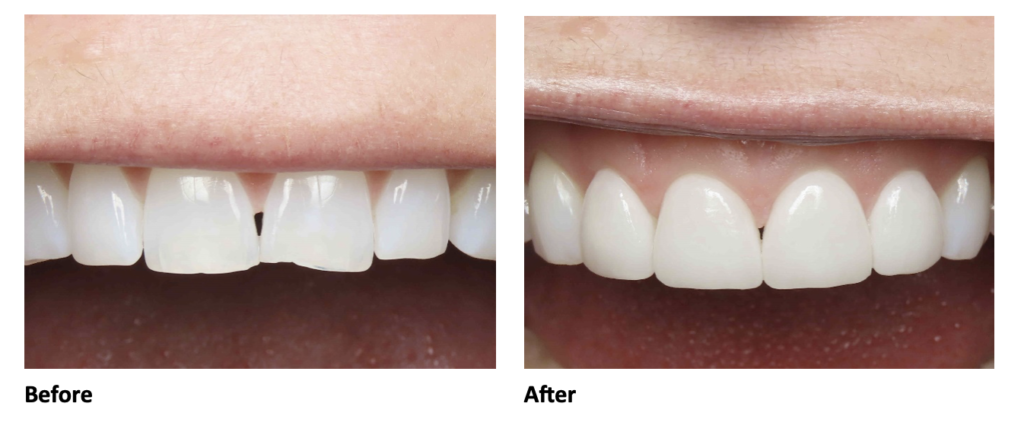








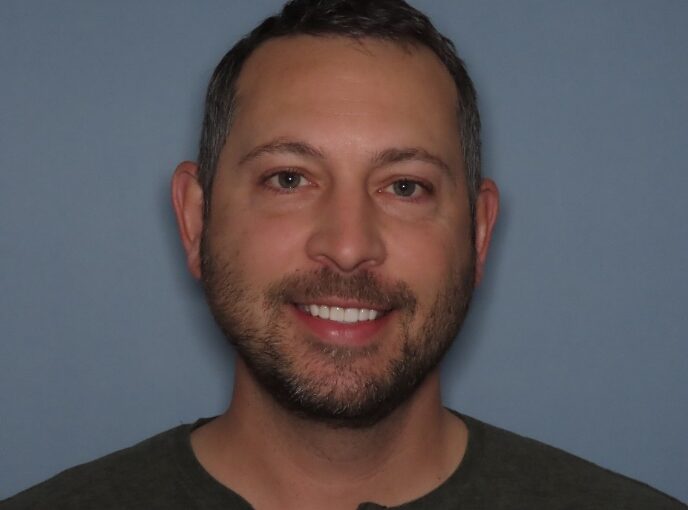
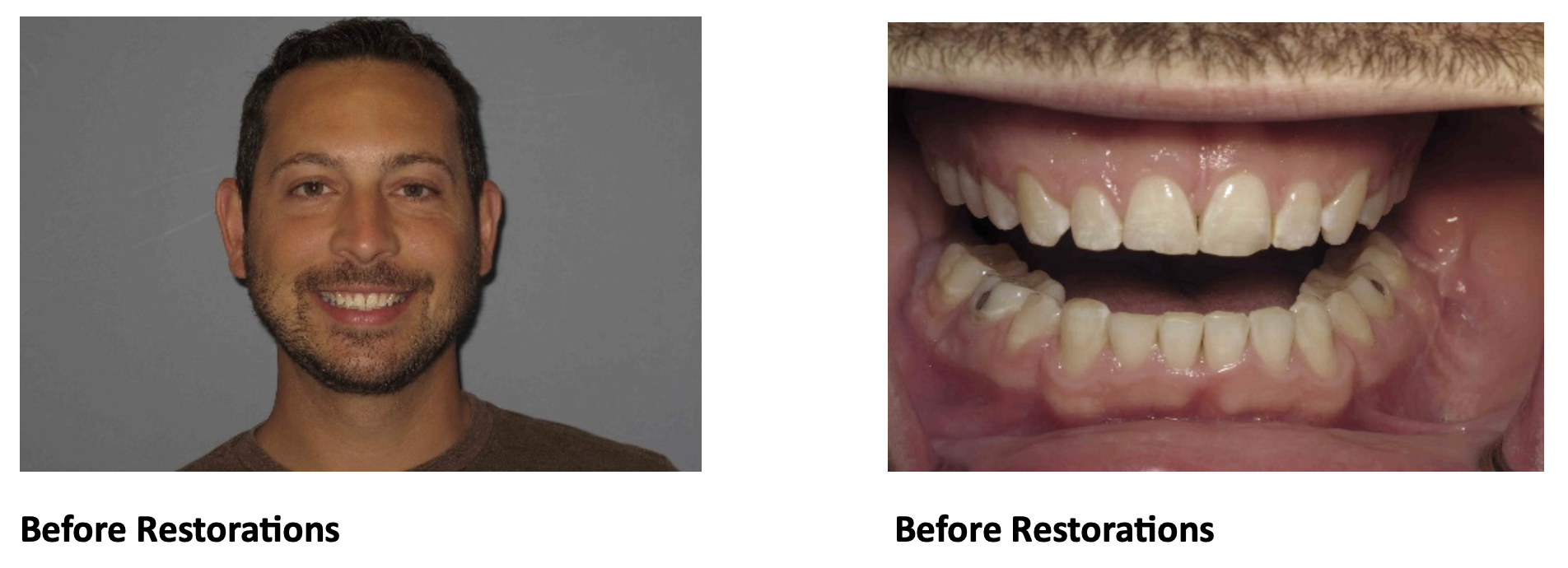
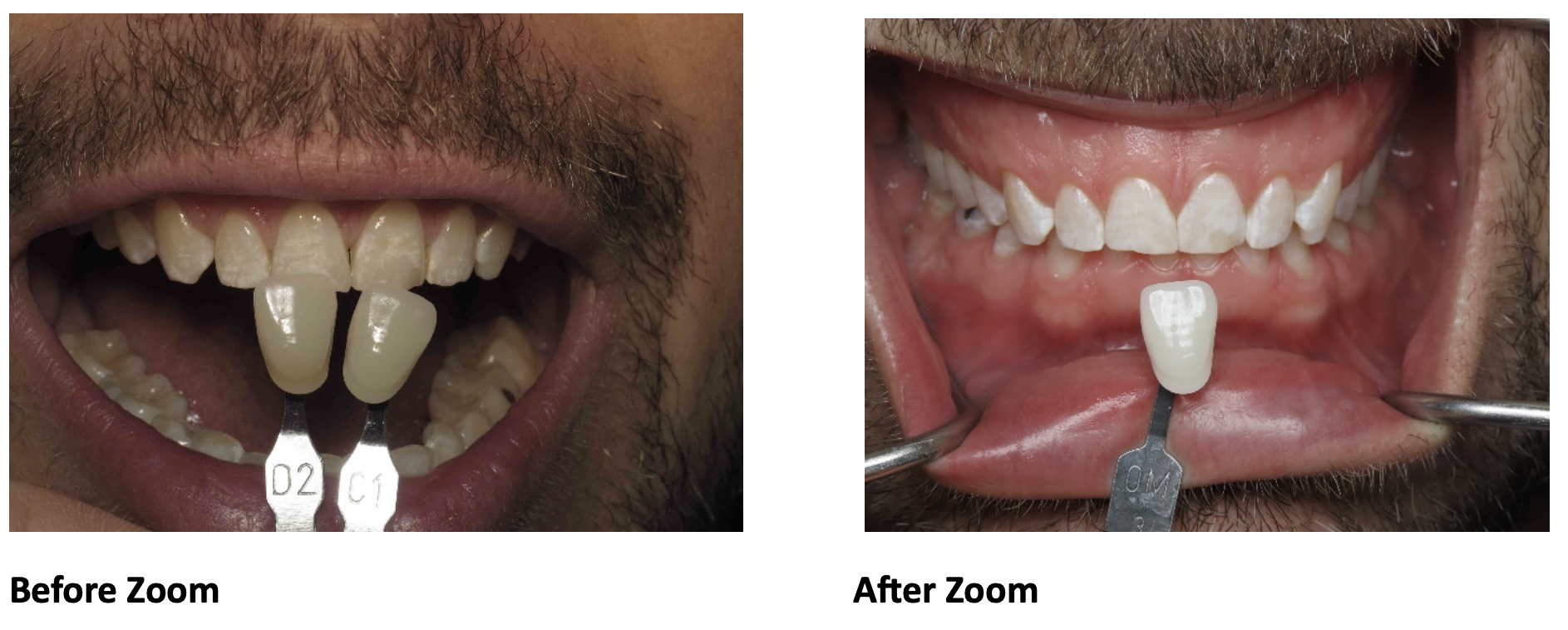
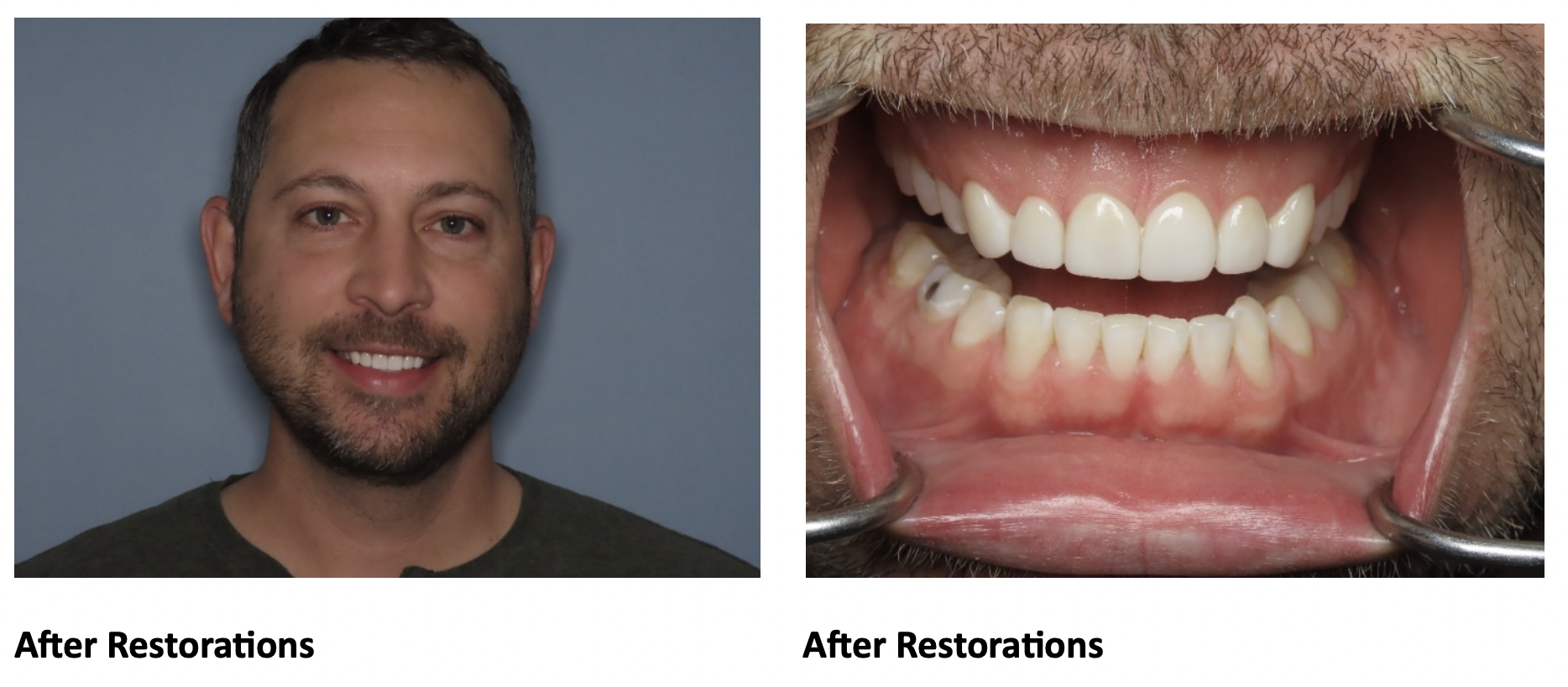
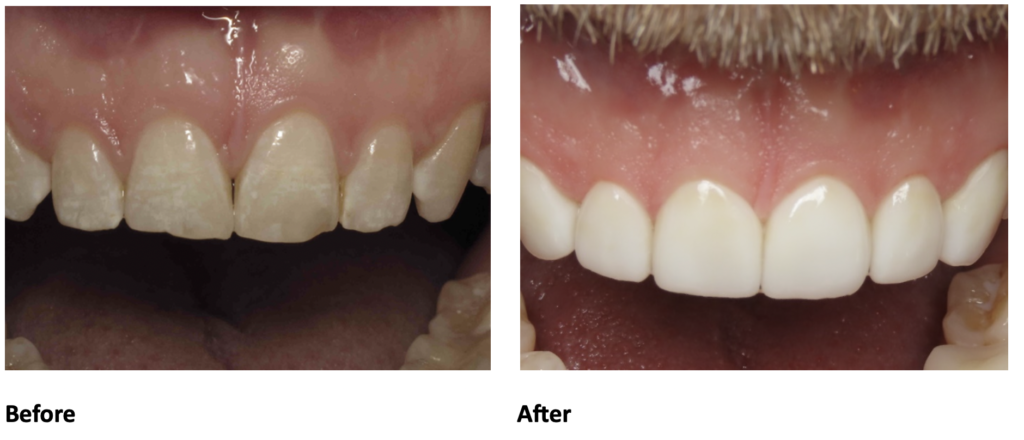

 One of the biggest perks of
One of the biggest perks of 
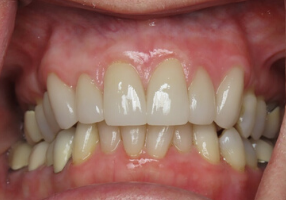 A
A 

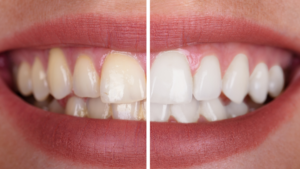 Teeth whitening: Over time, teeth become stained from certain foods, beverages, medications and smoking. Eggert Family Dentistry has many great options to help restore your pearly whites. We provide professional-grade strips and whitening trays that are more effective and gentler on your teeth and gums than their over-the-counter counterparts. Dr. Elizabeth and Dr. Jeff also offer the Zoom and
Teeth whitening: Over time, teeth become stained from certain foods, beverages, medications and smoking. Eggert Family Dentistry has many great options to help restore your pearly whites. We provide professional-grade strips and whitening trays that are more effective and gentler on your teeth and gums than their over-the-counter counterparts. Dr. Elizabeth and Dr. Jeff also offer the Zoom and 
 Tooth replacement: Losing permanent teeth can happen from trauma to the jaw, from gum disease or from tooth decay. Regardless, it can be an awkward situation and one that most people want to remedy as quickly as possible. If you’re dealing with missing permanent teeth, you have some excellent options. These options include dental implants, bridges, partial dentures or full dentures.
Tooth replacement: Losing permanent teeth can happen from trauma to the jaw, from gum disease or from tooth decay. Regardless, it can be an awkward situation and one that most people want to remedy as quickly as possible. If you’re dealing with missing permanent teeth, you have some excellent options. These options include dental implants, bridges, partial dentures or full dentures. Full Dentures: Full dentures are full sets of upper and/or lower artificial teeth that are suctioned into place and removable for cleaning. While they can take some getting used to, they start to feel more normal over time. Full dentures will eventually become loose as bone mass degrades.
Full Dentures: Full dentures are full sets of upper and/or lower artificial teeth that are suctioned into place and removable for cleaning. While they can take some getting used to, they start to feel more normal over time. Full dentures will eventually become loose as bone mass degrades.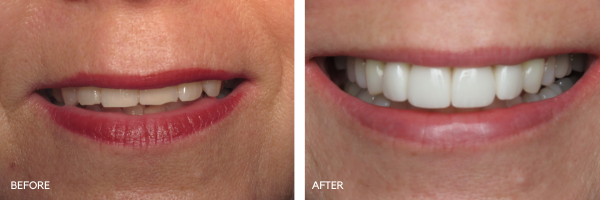

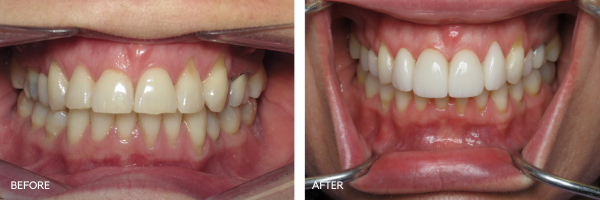

 What are crowns?
What are crowns? Because the entire tooth is covered, the tooth is less likely to fully fracture or split than with other restorations like veneers or fillings. Porcelain crowns can look and feel good and can be color-matched to blend with your natural teeth. Crowns generally feel very natural.
Because the entire tooth is covered, the tooth is less likely to fully fracture or split than with other restorations like veneers or fillings. Porcelain crowns can look and feel good and can be color-matched to blend with your natural teeth. Crowns generally feel very natural.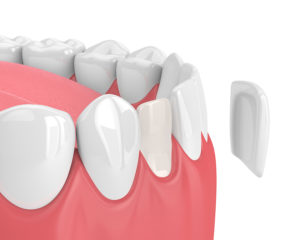 What are veneers?
What are veneers?